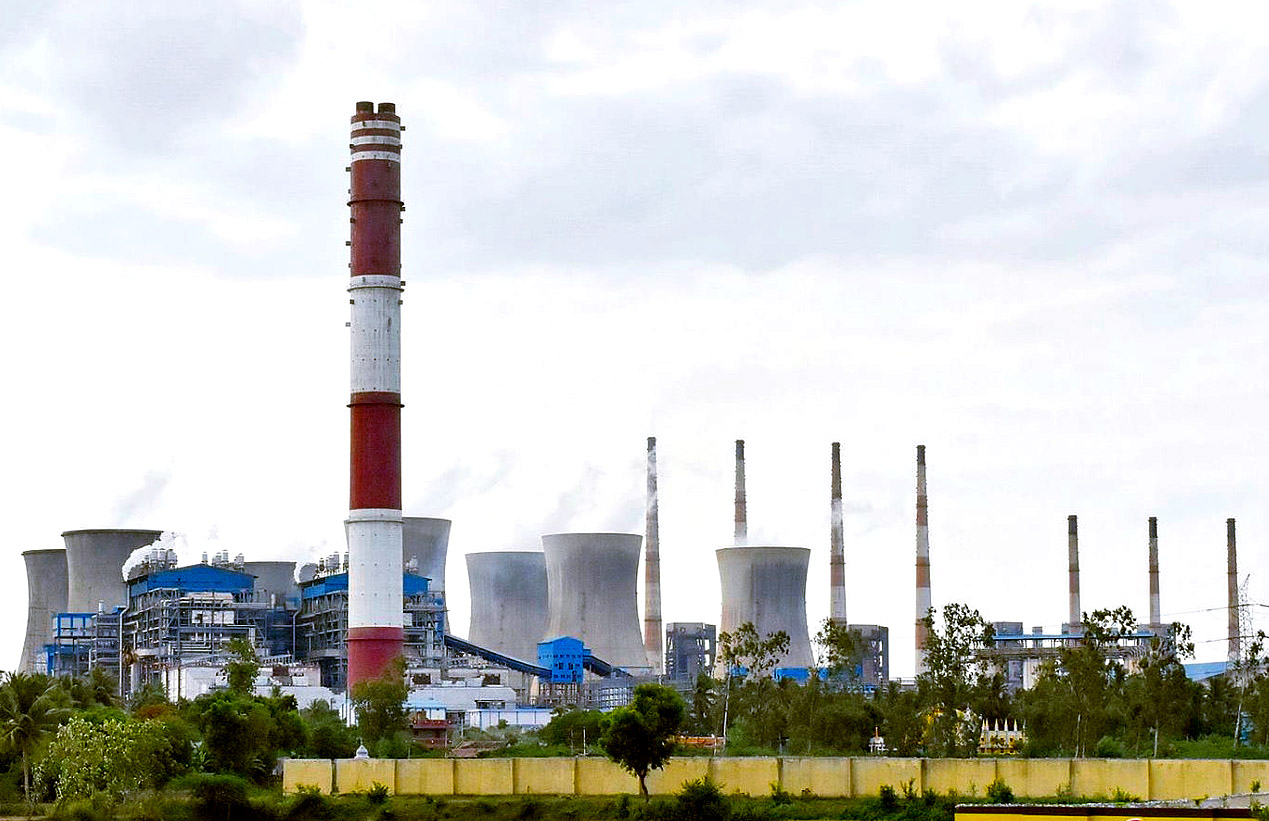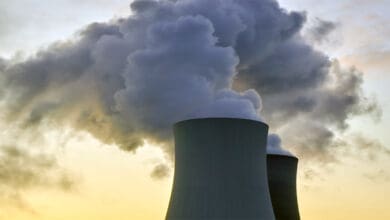Coal-fired power plants will be the primary driver of infrastructure investment in India’s power sector over the next decade, Fitch Solutions said on Tuesday. The country hosts 40 coal-fired power plant projects currently under construction involving a combined investment of 40.2 billion dollars and accounting for 61 GW of capacity. Additionally, the country is home to 73 coal-fired power plant projects currently in planning involving over 80 billion dollars in investment and adding up to 124 GW of capacity.
Coal-fired power development in India will also benefit from a supportive policy environment with the government having advanced a number of policies in recent years to support the continued development of thermal capacity and coal-fired power plants in particular in the market.
Among these moves, Fitch highlighted Prime Minister Narendra Modi’s 2020 proposal to waive carbon taxes on coal in a bid to alleviate debt levels in the coal sector.
Fitch forecasts electricity generation from coal-fired power plants in India to increase from 1,032 Terawatt-hour (TWh) in 2020 to 1,691 TWh in 2030, the largest expansion of coal-fired power generation to be seen by any market globally over the period.
Over the same period, thermal power capacity will see net growth of 116.7 GW, increasing from 234.2 GW in2020 to 350.9 GW in 2030, the second largest increase of thermal power capacity to be seen over the period by any market globally after China.
“This growth in thermal capacity will be largely driven by expansion of coal-fired power capacity in the country.”
Among projects currently in development or under construction in the market, Fitch highlighted the 3.6 billion KSK Mahanadi Power Project in Chhattisgarh and the 3.1 billion Yadadri Thermal Power Project in Telangana.
Fitch said hydropower infrastructure development will also contribute to energy and utilities construction growth over the coming years, though there are significant challenges facing the realisation of India’s sizeable hydropower project pipeline. Similarly, solar infrastructure is expected to be an area of significant growth, although supply-chain issues may present challenges in the near term to construction.













